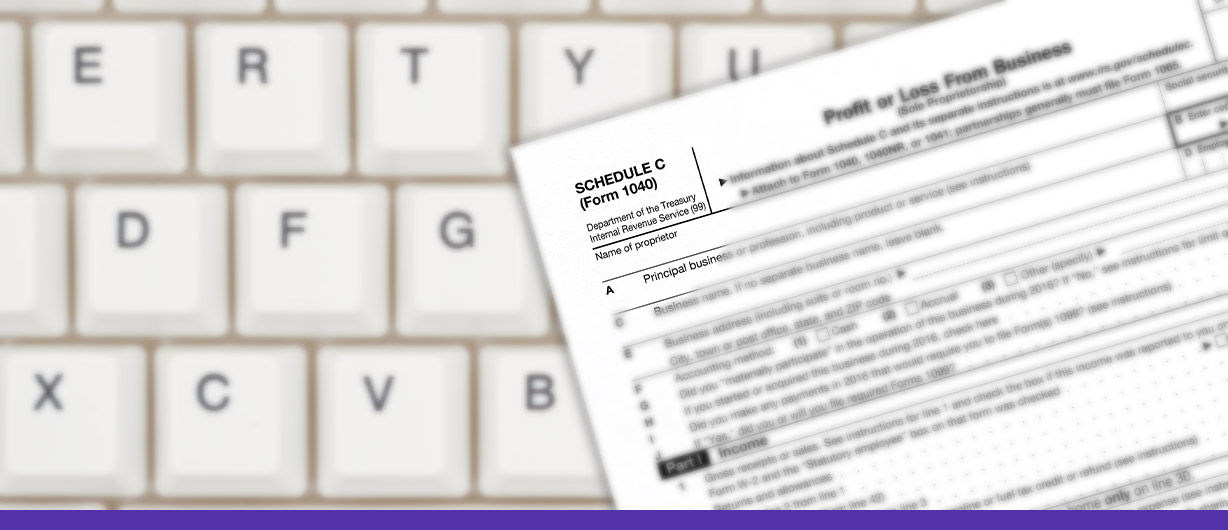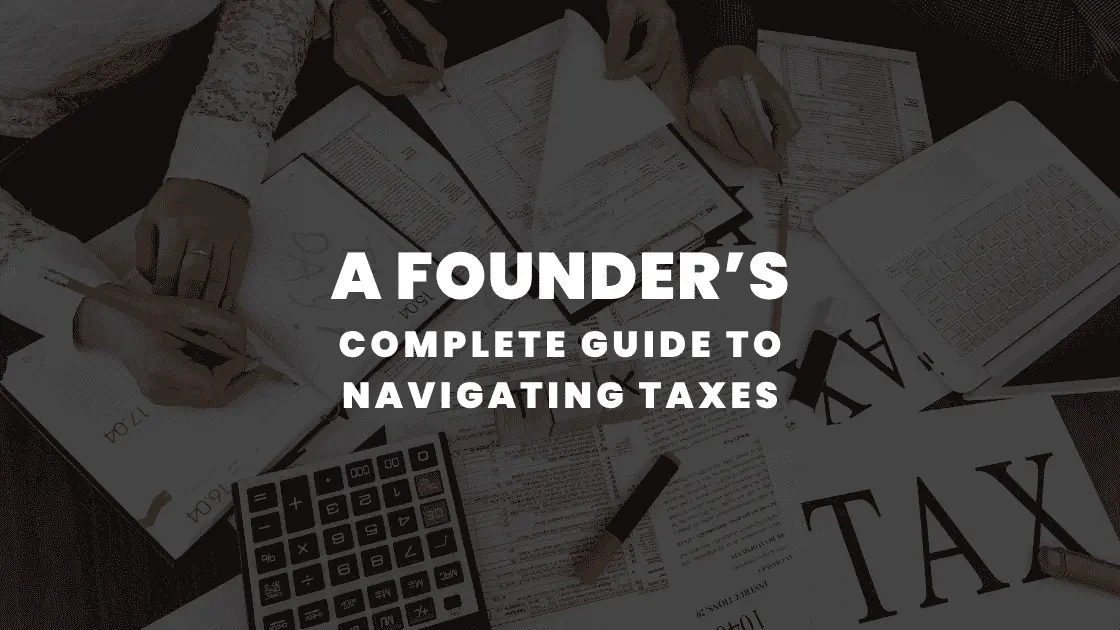June 9 2023 | By Farwah Jafri | 5 minutes Read

Starting a small business can be an exhilarating endeavor with opportunities and challenges. As you navigate the world of entrepreneurship, one crucial aspect you’ll encounter is taxes. Understanding the tax requirements for your business is essential to ensure compliance and maximize your financial success. One critical document that comes into play for self-employed individuals and small business owners is Schedule C. This blog post will shed light on Schedule C tax form, unraveling its purpose, significance, and how it fits into the larger tax landscape.
Well, think of it as your business’s financial report card summarizing your annual income and expenses. This form is a part of the individual tax return, Form 1040, used to report profits or losses from a sole proprietorship, single-member LLC, or other types of small businesses.
Whether you’re a freelancer, a consultant, a gig worker, or an independent contractor, Schedule C is your go-to form for reporting your business’s financial activity. By accurately completing this form, you can deduct your legitimate business expenses and potentially reduce your overall tax liability.
In this comprehensive guide, we’ll break down Schedule C tax form, section by section, explaining the various parts and helping you grasp its significance. From understanding the types of businesses that should file Schedule C to uncovering the permissible deductions, we’ll equip you with the knowledge to navigate the complex world of small business taxes.
Schedule C form includes several sections where you provide information about your business and its financial activities. In each component schedule C instructions are given. Here are some of the key components typically included in Schedule C:
You provide details about your business, such as the name, address, and type of business activity.
This section is where you report the gross income generated by your business during the tax year. It includes sales revenue, fees, commissions, and other income from your business operations.
If your business sells physical products, you must calculate and deduct the cost of goods sold. It includes the direct costs of producing or acquiring the products you sell, such as materials, labor, and manufacturing expenses.
You list and deduct various business expenses incurred during the tax year. Common expenses include rent, utilities, office supplies, advertising, insurance, vehicle expenses, travel expenses, professional services, and salaries or wages paid to employees.
If a portion of your home is used exclusively for business purposes, you may be eligible for a home office deduction. This section allows you to calculate and claim your home office expense deductions.
You can deduct additional expenses directly related to your business activities but may not fit into any specific category listed above. These could include bank fees, licenses, permits, professional memberships, and other business-related costs.
Schedule C tax form calculates your business’s net profit or loss based on the income and deductions reported. Your business is subject to self-employment taxes if it shows a net profit. If it shows a net loss, you can use that loss to offset other income on your tax return.
It’s important to note that understanding Schedule C instructions can be complex but it is not impossible to fill it by yourself. It’s advisable to consult with a qualified tax professional or use tax software to ensure accurate reporting and maximize deductions based on your specific business circumstances.
Schedule C (Form 1040) is used by sole proprietors, independent contractors, and self-employed individuals to report their business income and expenses. It is a supplemental form to the standard Form 1040, the U.S. Individual Income Tax Return.
If you are operating a business as a sole proprietorship, meaning you are the sole owner and there is no legal distinction between you and your business, you will likely need to file a Schedule C along with your Form 1040. The purpose of Schedule C tax form is to report your business income and deductions and calculate your net profit or loss.
You will generally have different tax forms to file if you have a different type of business entity, such as a partnership, corporation, or limited liability company (LLC). For example, a partnership files Form 1065, and a corporation files Form 1120.
It’s recommended to consult with a tax professional or review the IRS guidelines to ensure you accurately file your taxes based on your specific business circumstances.
Understanding Schedule C tax form (IRS Form 1040) is crucial for individuals who engage in self-employment or operate small businesses. This form is vital to their annual tax filing process, allowing them to report their business income and deduct eligible expenses. Individuals can ensure compliance with IRS regulations and maximize their tax benefits by completing Schedule C accurately and timely. It is essential to note that while only some are required to file Schedule C, those who are self-employed, sole proprietors, or involved in partnerships or LLCs with pass-through taxation should carefully evaluate their circumstances and consult with a tax professional if needed.
Being informed and proactive in fulfilling tax obligations will help avoid penalties and contribute to a successful and well-managed business. Remember, the information provided in this blog post is intended for general guidance, and specific situations may require personalized advice. Stay diligent, organized, and up-to-date with the latest IRS guidelines to navigate the complexities of Schedule C effectively.
Also Read: A Guide To IRS Form 720
Subscribe for business tips, tax updates, financial fundamentals and more.
MORE BLOGS

Starting a business is exciting, right? There’s innovation, there’s growth potential, and the thrill of building something from scratch. But amid all the planning, entrepreneurs often […]
Learn More →
Starting a business is quite thrilling, until tax season arrives. For founders, understanding the nitty gritty of startup taxation can make a difference between financial efficiency […]
Learn More →
Tax season can be overwhelming, especially when you’re staring at multiple forms with numbers instead of names. Two of the most common, and often misunderstood, are […]
Learn More →